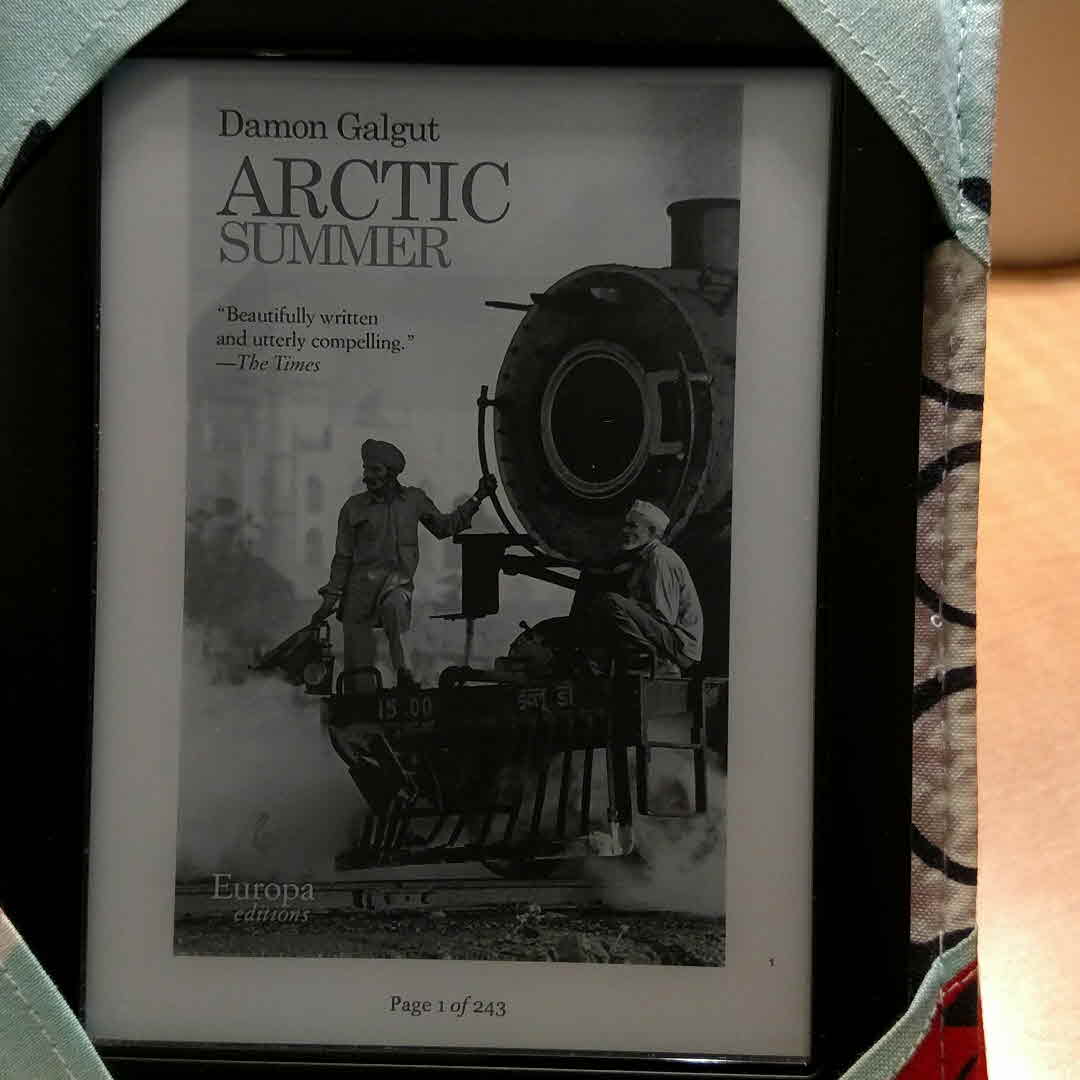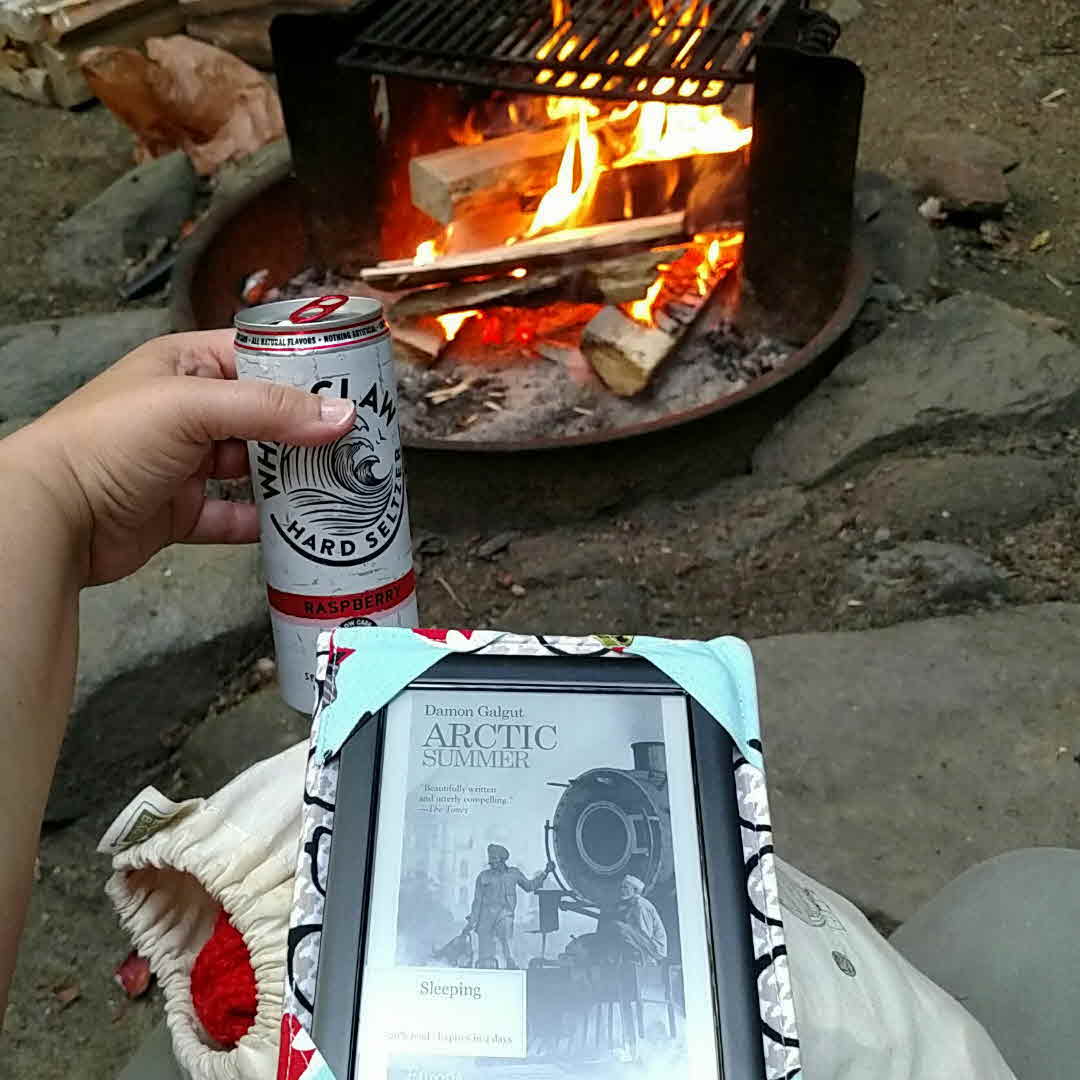The Arctic Summer | Damon Galgut
E.M. Forster, one of the most iconic writers of our time, lived when the British Empire was at its height. His last and greatest novel, A Passage To India, was written over a period of eleven years�and for nine of those years he was stuck, unable to move forward. A powerful personal story lies behind the writing, which comes to life for the first time in Arctic Summer. In 1906, Forster�who was already starting to make a name for himself as one of England�s most promising writers�met Syed Ross Masood, a young Indian who had come to his country to study law. It was the start of a lifelong friendship that was also, on Forster�s side, a deep, unrequited love. Desperately repressed, living in the shadow of his mother, he was unable to act on his most intimate feelings. When Masood returned to India in 1912, Forster followed him�and it was on this journey, travelling through much of the country when it was still under British rule, that the first seeds of his novel were planted. He started writing it in 1913, when he got back to England, but his creative impulse was soon blocked. He was only able to complete it in 1924, after he had gone back to India again, this time as the Private Secretary to the Maharajah of Dewas. Between these two journeys lay much turmoil and passion: the writing of his unpublishable homosexual novel, his friendship with other writers like Virginia Woolf and C.P. Cavafy, the outbreak of the First World War, and a long stay in Alexandria, where he found unlikely fulfilment with an Egyptian tram conductor� Meticulously researched and vividly imagined, Arctic Summer conjures the figure of Forster, in all his sensitive, contradictory genius, as he struggled to write his masterpiece.

